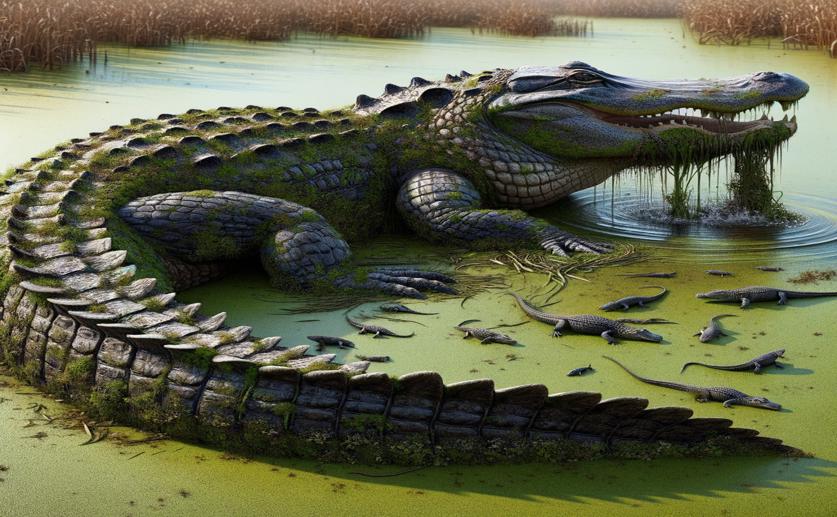
How American Alligators' Size Affects Their Environment
Jenn Hoskins
16th March, 2024

Image Source: Natural Science News, 2024
Key Findings
- In the Greater Everglades, a study found that as alligators grow, some body parts enlarge more quickly than others
- The growth patterns of alligator body parts are influenced by their habitat, location, and to a lesser extent, sex
- These insights help conservationists understand alligator health and manage populations effectively
References
Main Study
1) Ecological implications of allometric relationships in American alligators (Alligator mississippiensis).
Published 13th March, 2024
https://doi.org/10.1038/s41598-024-56798-5
Related Studies
2) Body condition as a descriptor of American alligator (Alligator mississippiensis) health status in the Greater Everglades, Florida, United States.
3) How to estimate body condition in large lizards? Argentine black and white tegu (Salvator merianae, Duméril and Bibron, 1839) as a case study.
4) American crocodiles (Crocodylus acutus) as restoration bioindicators in the Florida Everglades.



 4th March, 2024 | Jim Crocker
4th March, 2024 | Jim Crocker